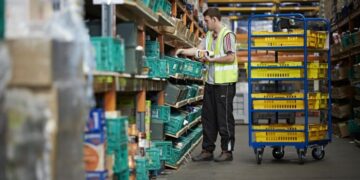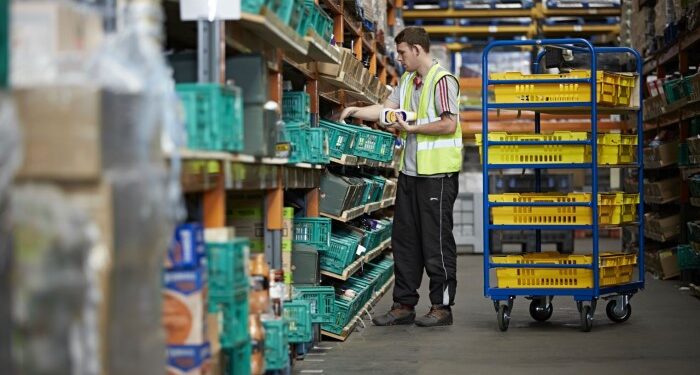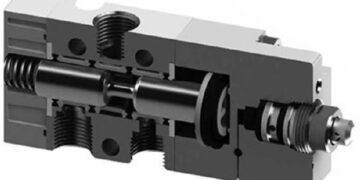Building a food warehouse that is both efficient and sustainable is essential for effective food storage and distribution. A well-designed facility not only ensures the preservation of food products but also minimizes waste and reduces environmental impact. In this article, we will explore the key considerations and steps involved in constructing an efficient and sustainable food warehouse.
1. Site Selection and Layout Design
The first step in constructing a food warehouse is selecting an appropriate site. Factors to consider include proximity to transportation routes, availability of utilities, and compliance with zoning regulations. Once the site is chosen, careful planning of the warehouse’s layout is crucial. Optimize the space by designing clear pathways for easy access, allocating specific areas for different food categories, and considering future expansion possibilities.
2. Energy-Efficient Building Materials and Systems
Choosing energy-efficient building materials and systems is vital for reducing the warehouse’s carbon footprint. Utilize materials with high thermal insulation properties, such as insulated panels or eco-friendly insulation, to minimize heat transfer. Install energy-efficient lighting systems, such as LED fixtures, motion sensors, and automated controls, to optimize energy consumption.
3. Climate Control and Ventilation
Maintaining appropriate temperature and humidity levels is critical for food preservation. Implement a climate control system that efficiently regulates the warehouse’s internal environment, ensuring optimal conditions for different food categories. Proper ventilation systems with air filters help maintain air quality and prevent the buildup of contaminants.
4. Sustainable Refrigeration Solutions
Refrigeration is a key component of food warehousing. Opt for energy-efficient refrigeration systems that utilize natural refrigerants with low global warming potential. Consider implementing advanced technologies like variable speed compressors and demand-based control systems to minimize energy consumption while ensuring food safety.
5. Waste Management and Recycling
Effective waste management is essential for maintaining a sustainable food warehouse. Implement a comprehensive waste management plan that includes recycling programs for materials like cardboard, plastic, and packaging waste. Explore partnerships with local composting facilities to manage organic waste effectively.
6. Water Conservation Measures
Water is a valuable resource, and implementing water conservation measures is crucial for sustainable warehouse operations. Install water-efficient fixtures and equipment, such as low-flow toilets and sensor-activated faucets. Consider implementing rainwater harvesting systems to collect and reuse water for non-potable purposes like irrigation or cleaning.
7. Renewable Energy Integration
Incorporating renewable energy sources into the warehouse’s energy supply can significantly reduce its environmental impact. Explore the installation of solar panels or wind turbines to generate clean energy on-site. A combination of renewable energy sources and efficient energy management systems can help achieve a more sustainable operation.
8. Collaboration with Suppliers and Partners
Developing sustainable practices extends beyond the warehouse itself. Collaborate with suppliers and partners who share the same sustainability goals. Encourage the use of eco-friendly packaging materials and promote responsible transportation practices to minimize carbon emissions.
9. Monitoring and Continuous Improvement
Regular monitoring and evaluation of the warehouse’s energy consumption, waste generation, and overall sustainability performance are essential. Analyze data to identify areas for improvement and implement strategies to enhance efficiency and reduce environmental impact continuously.
10. Compliance with Regulations and Certifications
Ensure compliance with local regulations and certifications related to sustainable building practices and food safety standards. Seek certifications such as LEED (Leadership in Energy and Environmental Design) or BREEAM (Building Research Establishment Environmental Assessment Method) to demonstrate the warehouse’s commitment to sustainability.
Conclusion
Constructing an efficient and sustainable food warehouse requires careful planning, design, and implementation of environmentally conscious strategies. By considering factors such as site selection, energy efficiency, waste management, and renewable energy integration, you can create a warehouse that not only preserves food quality but also contributes to a greener future. Embracing sustainable practices is not only beneficial for your business but also for the planet and future generations.
































